- Overall
The BenQ SW271 offers accurate and comprehensive gamut color performance displayed in 4K and wrapped in a brilliantly designed exterior. This product fits in the upper brackets of the market, but it offers fantastic features and capabilities worthy of your hard-earned money. The BenQ SW271 hails from a lineage of excellent professional and gaming monitors and considering its refinements; it is easy to assume that this model is one of the best money can buy. Editor’s note- Free shipping until 1/1/18 on all ZOWIE Monitors at BenQDirect.com with code ZOWIESHIP.
BenQ SW271 Specifications
- Screen Size: 27 Inches
- Resolution: 3840 x 2160 4K UHD
- Aspect Ratio: 16:9
- Panel Technology: In-Plane Switching (IPS)
- Refresh Rate: 60Hz
- Response Time: 5ms
- Contrast Ratio: 1000:1 (Estimated Static)
- Brightness: 350 cd/m²
- Stand: Height – Yes (5.9 Inches)
- Stand: Tilt – Yes
- Stand: Swivel – Yes
- Stand: Pivot – Yes
- VESA Compatibility: Yes
- Connectivity DisplayPort 1.4 x 1, HDMI 2.0 x 1, USB 3.0 x 2, USB-C x 1, SD Card Reader x 1, 3.5mm Audio Jack x 1
- Dimensions (WxHxD): 24.166 x 24.05”x 8.40
- Weight: 23.15lbs
Design and Features
The BenQ SW271 sports one of the cleanest looking designs in the professional market, thanks to its matte black texture and bezel-free face. Although panel borders are still visible, they are thin enough not to be noticeable, giving the screen an infinity-edge feel. OSD buttons are conveniently located on the right-hand side of the bottom bezel, which in turn, made the plastic strip thicker.
We also like the physical proportions of the BenQ SW271, since its cabinet is quite slim desite having the power brick inside which makes it suitable for flush mounting. The monitor only eats up 8.4 inches, and the placement of the hinge towards the back of the base makes it easy to push the whole thing closer to the edge of a narrow desk. Build quality is well worth the price and it would take a lot of jostling to destabilize the screen from its base.
Like its gamer-centric cousins, the BenQ SW271 includes an ergonomic stand and plastic panels which assemble into a calibration hood. Assembly is a breeze and shouldn’t take more than five minutes, plus you won’t need any household tools for the endeavor. You have a height adjustment of almost six inches, plus you can tilt, swivel, or pivot the screen according to your desires.
The calibration hood, on the other hand, ships in several panels to allow users to assemble it for portrait and landscape modes by attaching each one to slots on the chassis sides. Each part snaps into place, so no tools are necessary, making it convenient if you want to configure your unit this way. The hood’s surface also comes in matte black to help deflect glare, although its actual use is based more on personal taste rather than necessity.
Another critical feature of the BenQ SW271 is the hotkey puck which is widely known as the S-Switch Arc for gaming models. The tiny device connects to a proprietary slot on the rear while it sits comfortably in a circular groove on the base. The button layout includes three keys for hot-swapping between presets and navigation keys for comfortable OSD tinkering.
The BenQ SW271’s I/O layout includes the necessary connectors for modern operation plus a few more. The panel consists of DisplayPort 1.4, two HDMI 2.0 slots, and three USB 3.0 receptacles. Two of the USB 3.0 ports along with an SD card reader are located on the hub accessible from the side at the bulge of the cabinet. There is also a USB-C slot on the main layout, but it does not have power delivery, so this model isn’t suitable as a hub for your laptop.
The BenQ SW271 is neatly packed into a simplified brown box without any graphics, but opening it and revealing its contents felt like Christmas. The box includes all the goodies you will need such as cables and accessories, and each major part comes compartmentalized in foam and cartons so they don’t shift or get damaged. It can get confusing, but the product will arrive with sufficient documentation so assembly and operation will be a breeze.
Display and Performance
The BenQ SW271 sports a 27-inch IPS panel with a 3840 x 2160 native resolution, 60Hz refresh rate, 1000:1 contrast ratio, and 5ms response time. The module used in this device has a 10-bit interface matched with a 14-bit LUT which enables the product’s specialty in extensive gamut coverage. The backlight used only has 350cd/m2 of brightness which instantly tells us that the SW271 doesn’t have native HDR10 support.
Our DataColor Spyder Elite 5 tells us that the BenQ SW271 is fully capable of displaying 100% Adobe RGB with minor under-saturation in the greens, dropping the accuracy average to Delta E 2.53. Other colors did not have any issues and calibrating yielded minuscule results which somehow improved the screen’s fleshy tones. There still is plenty of vibrancy, which in some ways, helped us overlook these unexpected issues.
The BenQ SW271’s contrast fell to an average of 700:1 at brightness levels below 50%, and 790:1 at peak settings. We expected better in this regard, although we have seen similar scores with other professional displays like the Acer BM320. Gamma also had some minor deficiencies at an average of 2.27, although these scores did not wash out the images save for some extreme circumstances.
BenQ stated that the BenQ SW271 does have a degree of support for HDR content since it is capable of 93% DCI-P3 which is a few points short of the color standard’s requirements. While there was an added degree of depth when watching videos from an HDR-capable player, PC gaming did not receive any beneficial augmentations in color. Remember, for HDR to adequately function, a screen must first meet a few requirements such as a FALD backlight and an even broader gamut coverage than what is offered.
What was impressive in our tests of the BenQ SW271 is the panel and color uniformity which stayed within reasonable deviances in several brightness levels. At 50% brightness, luminance uniformity remained within 13% deviation on the upper quadrants while color uniformity had a maximum error of 1.1 which spreads down to .8 on other sections. Images appeared balanced, and shades are correctly represented, although results may vary from one unit to another.
For most users, there is little need to calibrate since the vibrancy of the screen quickly overlaps the minor errors, although we know professionals will always demand perfection. For its specific purpose, the BenQ SW271 would be best utilized with a calibrator so you can continually tweak the device according to your needs. One of the features that could help is BenQ’s Palette Master which works with several brands of colorimeters for easy configuration.
You can also utilize multi-input functions (PiP and PBP) via the BenQ SW271’s OSD, although the screen size might be insufficient. However, this feature is best used if you want to insert entertainment while working, using 1 of the HDMI 2.0s as a 4K streaming connection while your workstation connects via the DP 1.4 slot. The usability of this offering is extensive, although we are disappointed that it can’t be used as a dock for a USB-C laptop.
Gamers would love the BenQ SW271 since it only has an input lag score of 10.1ms, which is a fantastic result that places it close to its gaming monitor siblings. During our test run with Battlefield 1, the game’s graphics and natural colors instantly popped, although we did notice some blurring due to the slower pixel transitions of the screen. There was also no FreeSync to aid our GPU, so there were stutters and tears which are highly noticeable if you are used to a faster display.
Thoughts on the BenQ SW271
The BenQ SW271 is a fantastic monitor worthy of insistent recommendations if you are in the market for an Adobe RGB display. The IPS screen on our review model did not show any expected flaws indicating careful selection and process, plus the build quality is superb and downright robust. The scores such as color accuracy and actual ratios could have been better, although, in our experience, each one is within an acceptable baseline similar to what competitors offer.
Once you power up the BenQ SW271 and do as little as adjusting the brightness, images and videos are pleasingly vibrant and crisp. We would still recommend using a colorimeter if you are looking to get this device since bi-weekly or monthly calibration is usually required for monitors like this. It’s also great that users can enjoy some gaming without latency issues, although we wish BenQ included FreeSync into this superb product.
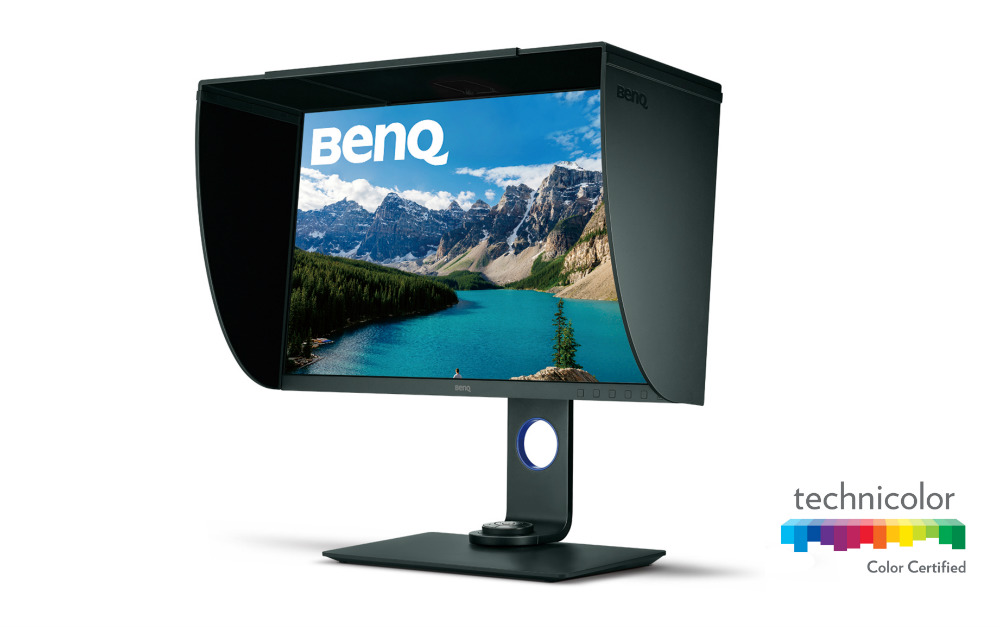

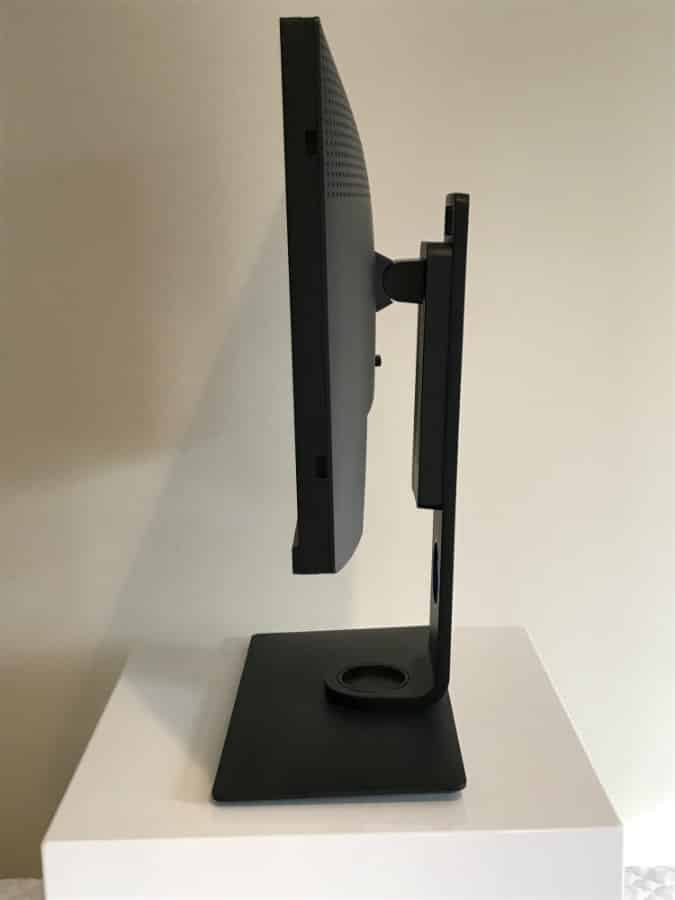
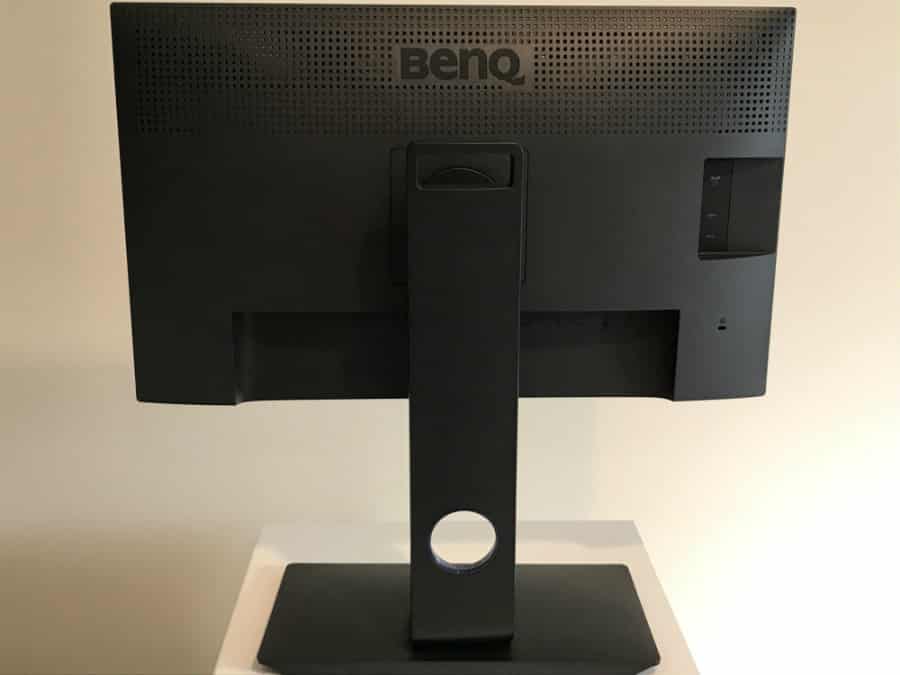
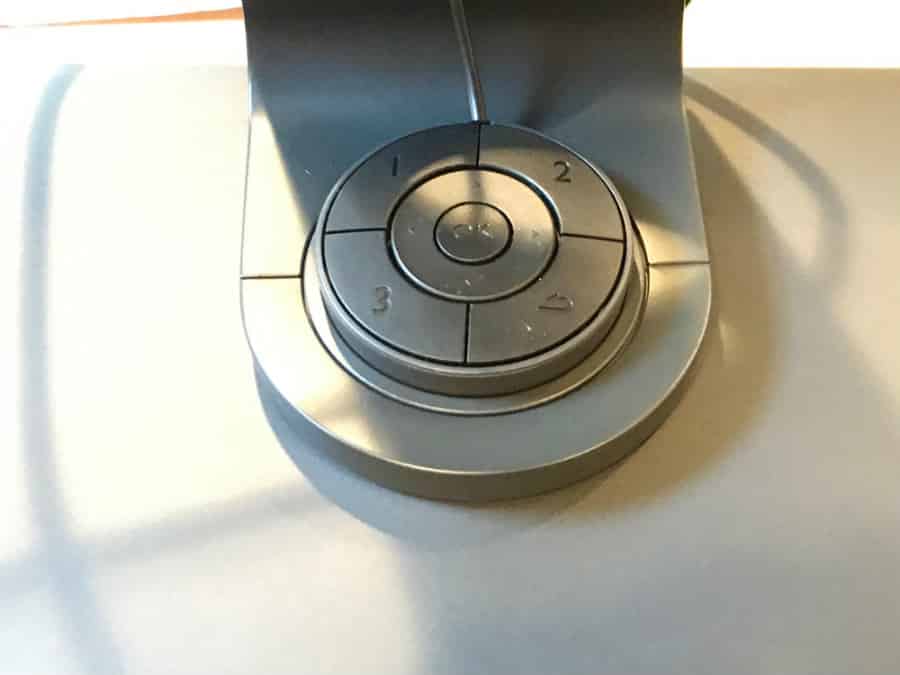
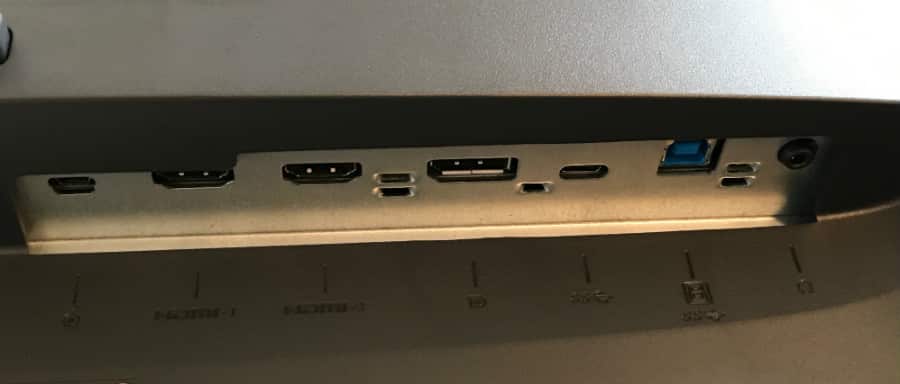

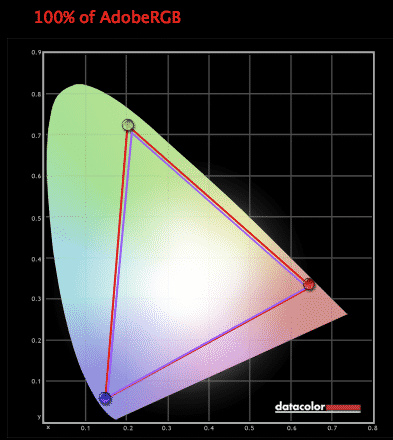
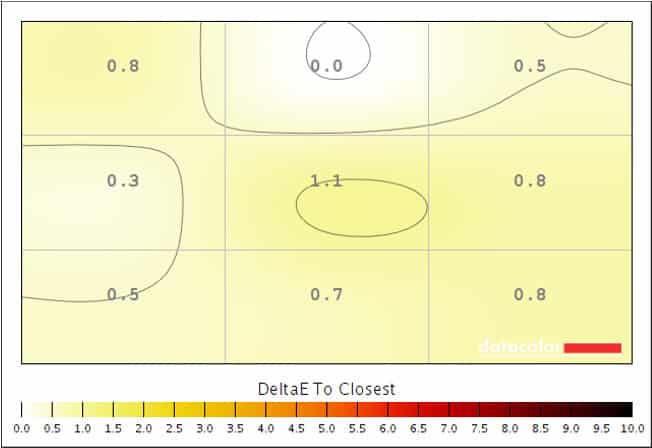
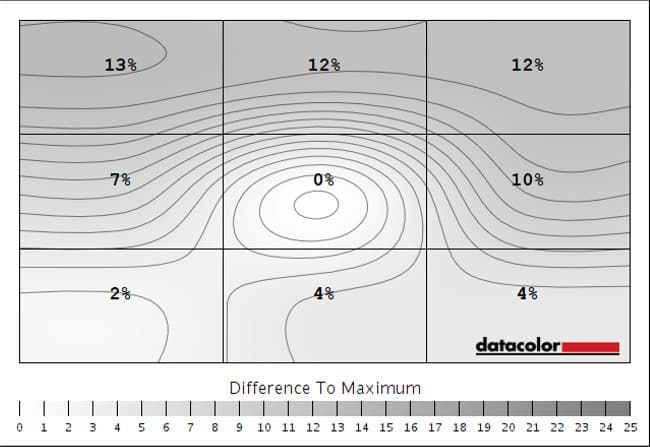
Sharon says
If one is using multiple monitors, is there any issue with calibrating?
Paolo Reva says
Hi, Sharon! Yes, since panels have individual differences in color output. It’s quite rare to find perfectly identical panels even if you buy the same model. Calibrating could help, but the end results may still differ.
John Olson says
Hello … I’m not sure if this thread is still active / monitored. I decided to purchase this monitor for use as a high resolution display for video production – but haven’t done so yet. I just realized, however, that my late 2013 iMac has a Thunderbolt vice a Thunderbolt 2 port. Which I THINK means that my iMac puts out 10 Gb/s vice the 20 Gb/s that a Thunderbolt 2 puts out. Is it worth paying the extra money for this monitor if I only connect it to a Thunderbolt port? Thanks in advance.
Paolo Reva says
Hi, John! You should still be able to get 4K at 60Hz using the TB slots. Let us know how it goes!
Dan says
I’m looking for a photo editing monitor. In spite of needing to calibrate more often, I find myself never doing it. I have a ColorMunki which I believe is not compatible w/this model so I guess my question is, what alternatives would you recommend to this monitor and how would you compare them from a photo-editing and price perspective?
Yves says
Hi!
After some months using it does the uniformity and color accuracy stay up to your expectations and do you still recommend it?
Eli Nolan says
Yes, absolutely!
Merken says
Hi and thank you for this extensive review!
One question remains though: is the use of W-LED technology in the BenQ SW271 (as opposed to GB-r LED in high-end NEC Panels or even in acclaimed BenQ PV270) a drawback regarding eye comfort and color accuracy?
Paolo Reva says
Hello, Merken! We are glad to be of service. If the SW271 did utilize a GB-r LED backlight, surely there would be improvements in vibrancy and accuracy at the cost of a higher price. We cannot say that using W-LED is a drawback since the product is fantastic at what it does, and we would need to see a GB-r version with virtually similar specs to make a conclusion. We wish BenQ releases something similar in the future, but the market is biased towards Quantum Dot (cheaper alternative to GB-r) and HDR, so it might not materialize.
Merken says
Hi, Thank you for your answer!
Well it seems like Nec uses GB-R LED in their high end products, and so does… BenQ PV270.
I’m just wondering why they would not use GB-r LED in SW271? Doesn’t make sense!
Paolo Reva says
Perhaps the higher cost of GB-r was prohibitive since it won’t allow BenQ to sell the SW271 at its current price point.
Merken says
You’ve got a good point. So is GB-r considered a far superior technology and do you think it’s worth the extra cost?
Paolo Reva says
Hello, Merken! No, we don’t think it is a superior technology because if it was, it would have caught on. Other prohibitive aspects of GB-r aside from cost is its undesirable size, weight, and variable degradation. Samsung also used GB-r at some point, but they dropped the latter and instead developed and preferred Quantum Dot which produces similar results with fewer issues.
Dauis says
Why would there be any really noticeable loss of vibrancy compared to a GB-r LED screen?
The so-called “WLED” on this panel is in fact a wide-gamut LED. It is very close to the GB-r LED. Both green and blue show great spectral energy, and red also shows great spectral energy with two distinct narrower peaks instead of just the one for green and blue. All RGB primaries on the SW271 are heavily and richly saturated. I really don’t understand why anyone would claim this monitor is less “vibrant” than one with a backlight that does pretty much the same thing.
This panel is as vibrant as you want it to be. With so many options to fine-tune the color output it would be easy to obtain as much vibrance as you want. This is not a gaming panel though, so for photo editing this panel is much more desirable than a panel used for gaming.
There is very little difference in the vibrancy of this panel than with panels that use GB-r backlighting, and certainly much more vibrant than the typical ~90% DCI-P3 offerings in high end gaming monitors using QD films.
Jan says
Does the USB-C port function like KVM? I.e., if I plug a laptop to USB-C and a PC to DP+USB, will the source of USB change automatically when I switch video sources?
Eli Nolan says
Jan
The USB-C did not function like a KVM in our tests. You would need to change the USB source manually.